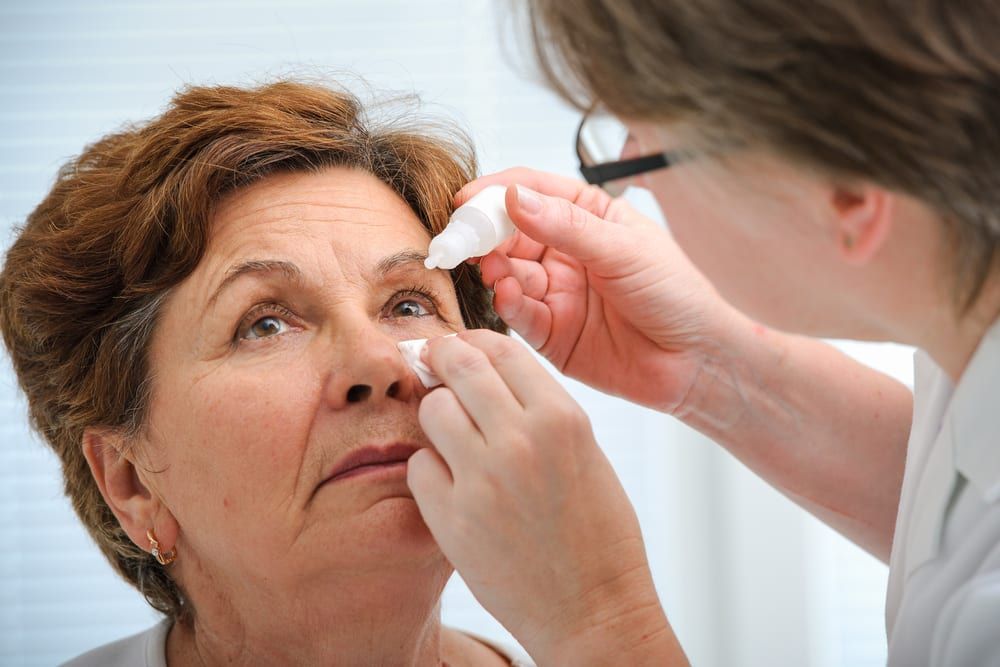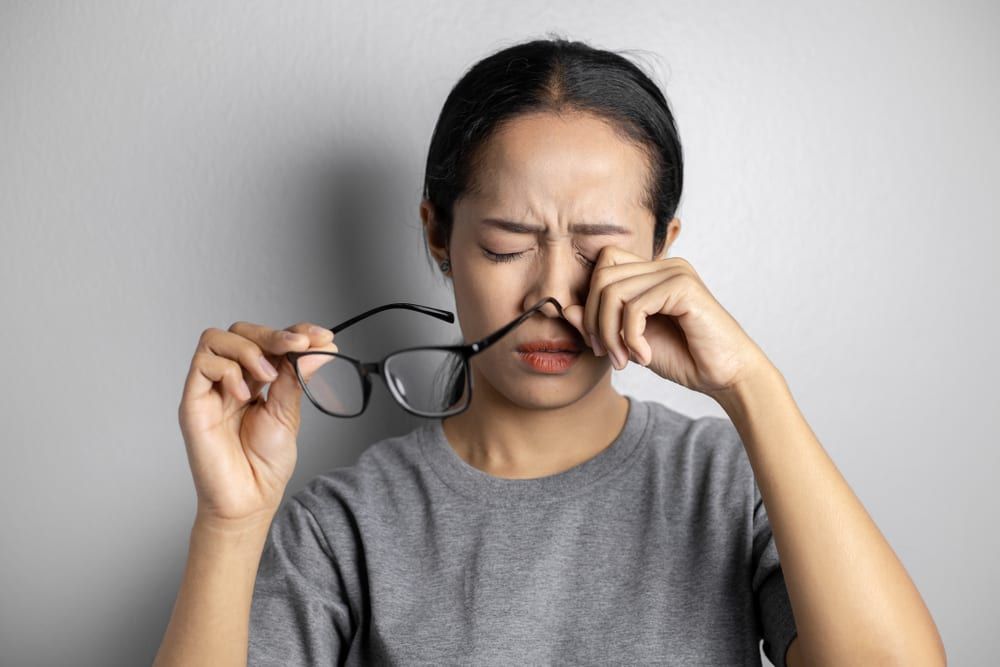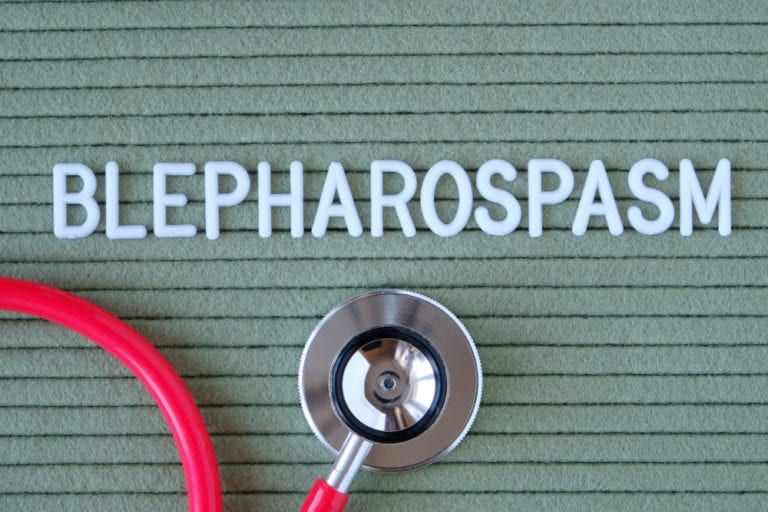Blepharospasm Relief and Botox Treatment
Dystonia and its muscle contractions can occur in any part of the body, making it difficult for people to control their movements. Dystonic symptoms often occur like tremors because of the overactive nerves affecting the muscles when interactive with sensations and body movements. When it affects the eye, it is referred to as blepharospasm. By affecting the eyelid and eyebrows in such a way, it greatly reduces a person’s quality of life by affecting their eyesight and ability to enjoy daily activities. However, individuals with blepharospasm can benefit from Botox treatment, as it can help reduce muscle contractions in the eyelid muscles and minimize their symptoms.
How Botox Relieves Blepharospasm
Botox is created from the bacterium Clostridium botulinum toxin and is a medication that’s commonly used in both medical and cosmetic purposes. Medically, the Botox is purified of its bacterial substances and creates a neurotoxin administered in small doses into affected areas. The Botox injection can weaken the contractions and blocks the nerve signals sent to and from the muscles surrounding the eye. When administered, the Botox targets the nerves and muscles through multiple injection sites in the eye and eyebrow, and for patients with blepharospasm, it can reduce its symptoms, including:
- Blinking and eye irritation
- Fatigue and emotional tension
- Light sensitivity
- Facial spasms
- Eye dilation
- Dry eyes
- Forceful opening of the jaw
- Retraction of lips
- Protrusion of tongue
Indications for Blepharospasm Treatment

The FDA approved Botox treatment for blepharospasm associated with dystonia in patients over 12 years of age. For physicians administering Botox dosages, the recommended dosage includes 1.25-2.5 Units into each three muscle sites per affected eye. Risks associated with Botox treatment for blepharospasm include corneal exposure and ulceration due to reduced blinking. The safety and efficacy are not established in patients under 12 years of age to treat blepharospasm.
For the approval of Botox treatment for blepharospasm, please check with your insurance company to verify that Botox can be treated for your specific neurological condition.
What is the process at Premier Neurology Center?
At Premier Neurology Center, Dr. Kashouty and Dr. Yono can provide Botox treatment for blepharospasm. During your time at Premier Neurology Center, our neurologists will schedule follow-up appointments to track your progress in combination with other treatments. During your appointment, the areas surrounding the eye and eyebrow will be cleaned and treated with a topical anesthetic application to numb the skin. The injection will be mixed with saline and then traced with EMG-guidance to provide an accurate injection site due to the procedure’s delicacy. Once traced, the Botox will be injected for pain and muscle spasm relief. Many patients who have received Botox treatment have experienced:
- Experience a significant decrease in eyelid spasms
- Have slower eye movements
- Fell numbness and discomfort during the first few days
- May develop temporary droopy eyelids or double vision
- May develop ecchymosis (or bruised eyes), which resolves within days

At our office, the procedure takes approximately 15 to 20 minutes to complete. Patients with blepharospasm should find improvement when combined with other forms of treatment, such as oral medications and eyesight devices.
Aftercare and What to Look For
How do I prepare for my appointment?
Both Dr. Kashouty and Dr. Yono at Premier Neurology Center will assess your condition, pain levels, and prescribe effective blepharospasm treatments. Located at 1050 SE Monterey Rd, Suite 201, Stuart, FL 34994, our center will provide you with preparation instructions and advise you on any symptoms that may occur. Please contact us to learn more about our Botox injections today for the best in neurological care.




